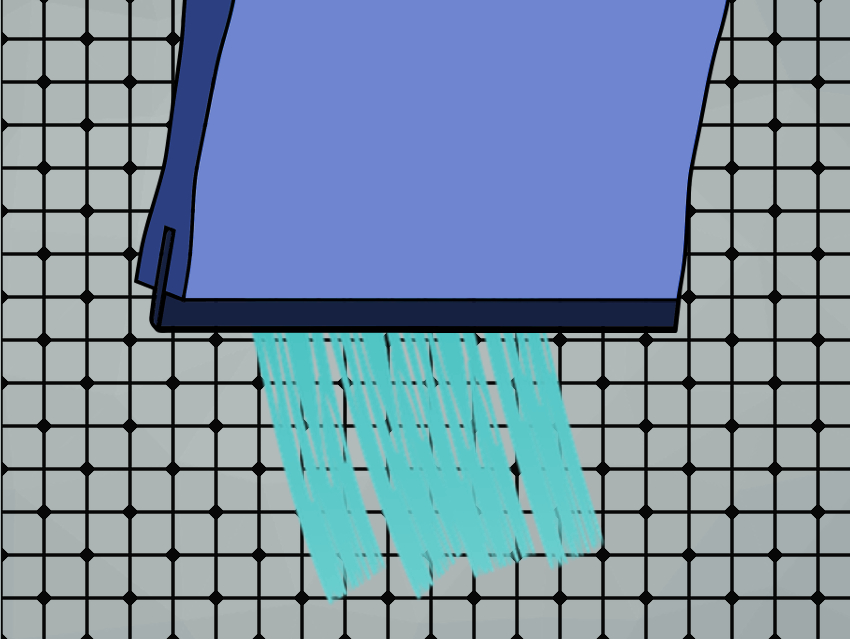Silver Nano wire and ultimate electron transfer rate (PhD in nano-microelectronics)
Researcher and author: Dr. ( Afshin Rashid)
Note: (Nanowires) are very fine wires. They are made of metals such as silver, gold or iron. The nanometer is measured as a spatial measurement of about 9-10 meters, which is mostly used in nanotechnology to build nanomachines.
This small nanowire is made up of nanoparticles with a diameter of nanometers. Nanotechnology is the material in the approximate dimensions of 1 to 100 nanometers, where only one of its kind phenomena offers descriptive applications. Nanotechnology encompasses science, engineering, and non-scale technology, imaging, measuring, designing, and manipulating materials at this length scale. Due to nanotechnology, the speed of computers has increased compared to the past and the value of computing has decreased.
Some Silver Nano wires are ballistic conductors . In ordinary conductors, electrons collide with the atoms in the conductive material. This causes the electrons to slow down as they move, generating heat as a by-product. In ballistic conductors, electrons can pass through a conductor without collision. Silver Nano wires can conduct electricity efficiently without generating intense heat. By reducing the bulk volume to the size of nanoparticles, its melting point decreases, because when you reduce each particle to the nanoscale, there is a significant increase in the surface-to-volume ratio. The structure and replication of nanowires approach of top-down and Approach from top to bottom . A top-down approach literally means that you consume a lot of the material you want to use for the nanowires and engrave until you get the right size. A bottom-up approach is an assembly process in which smaller particles are joined to a larger structure.
Conclusion :
(Nanowires) are very small wires. They are made of metals such as silver, gold or iron. The nanometer is measured as a spatial measurement of about 9-10 meters, which is mostly used in nanotechnology to build nanomachines.
Researcher and author: Dr. ( Afshin Rashid)
PhD in Nano-Microelectronics




